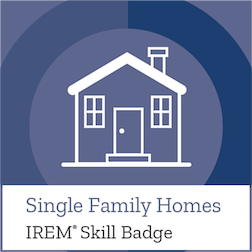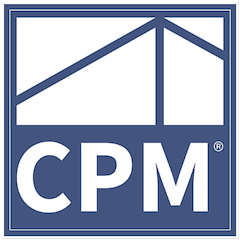ANALYZING ROI FOR SINGLE FAMILY PROPERTIES | FORT LAUDERDALE, FL
Appfolio Websites • May 2, 2016
Subject Property
•For the purpose of this presentation we will analyze the return on the investment of a single family home which total acquisition cost is $250,000.00
•Market Rent for subject property is $2,200.00 per month
•We will use yearly figures on our analysis
•The Analysis is before tax
Gross Rental Income
•Gross Rental Income is the potential income subject property can bring in a year if occupied all the time during the period, therefore if rent is $2,200.00 per month the Gross Potential Rental Income for this property is $26,400.00
Vacancies and Collections
On every rental property we have to account for some vacancy factor such as the loss rent in between tenants while marketing the property for re-leasing. Also we account for loss rent due to collections. Experienced property managers can provide guidance on the percentage to use or how to account providing a realistic number for the area in question
Annual Property Operating Data
•Gross Rental Income Less Vacancies and Collections = Effective Rental Income
For this presentation we assume a yearly vacancy and collection amount of $1,000.00, therefore our Effective Rental Income is $25,400.00 ($26,400 – $1000)
Annual Property Expenses
Expenses on a rental property are property taxes, insurance, repairs, homeowners association fees if property is located within a community regulated by a HOA, property management fees and reserves for replacements, which is the amount we must put aside every year to make a reserve for when time comes to replace appliances, carpet, the water heater, the air conditioning unit or roof
We assume the following expenses for our subject property:
– Property Taxes: $5000.00
– Insurance: $2500.00
– HOA fees: $1200.00
– Repairs: $1000.00
– Reserves for Replacements: $1,300.00
– Property Management Fees: $2000.00
TOTAL ANNUAL EXPENSES………$13,000.00
Net Operating Income
Net Operating Income = Effective Rental Income less Operating Expenses, therefore NET OPERATING INCOME = $12,400.00 ($25,400.00 – $13,000.00)
If we paid cash for the property the Return on the Investment is = $12,400.00/$250,000.00 which is 4.96%. This return is also known as the Cap Rate (capitalization rate)
Annual Debt Service if Financing
If instead of purchasing the property for cash we finance 70% of the purchase with a mortgage loan for 30 years at the rate of 3.90% we have a loan = $175,000.00 and an annual debt service (principal and interest mortgage payment) of $9,872.95, of which $3,692.49 is principal and $6,180.51 is interest
Annual Property Cash Flow Before Taxes
Net Operating Income less Debt Service = Annual Cash Flow so $12,400 – $9,872.95
Cash Flow = $2,527.05
To calculate the Return on the investment we need to add to the cash flow the amount of principal reduction on the mortgage since this we received in the way of paying down the debt. Then we have a Net Annual Income Before Taxes of $,6,219.54
Since we are purchasing with 70% financing of the total acquisition cost the equity is now 25% of $250,000.00 or $62,500.00
Annual Return on the Investment
The Return on the Investment is $6,219.54/$62,500.00 or 9.95%
This is a great return and we obtained a higher return on the investment financing the purchase due to positive leverage, which is achieved when the mortgage rate on the financing is less than the Cap rate on the investment. Negative leverage is the opposite
Investment Analysis
Depending on the tax situation of each investor we can analyze the Return on the Investment (Equity) After Taxes. We can also do an analysis over time using for example a 5 or 10 year holding period and finding the Internal rate of Return which will measure the Annual Return after disposition at the end of the holding period, which takes into account property appreciation.
Return on Investment Analysis
We at Florida Property Management Services in Fort Lauderdale, offer free of charge Financial and investment Analysis to Investors before they acquire their next investment property contact us
at info@properties.rent for all your needs













